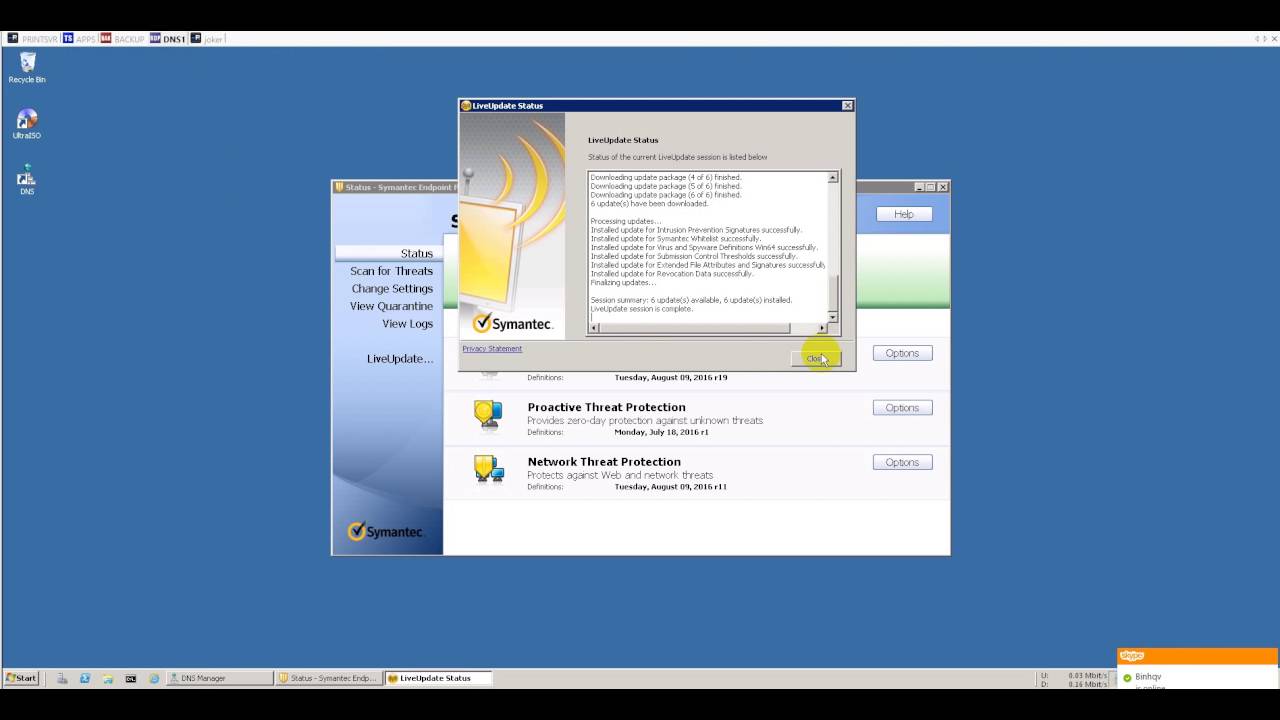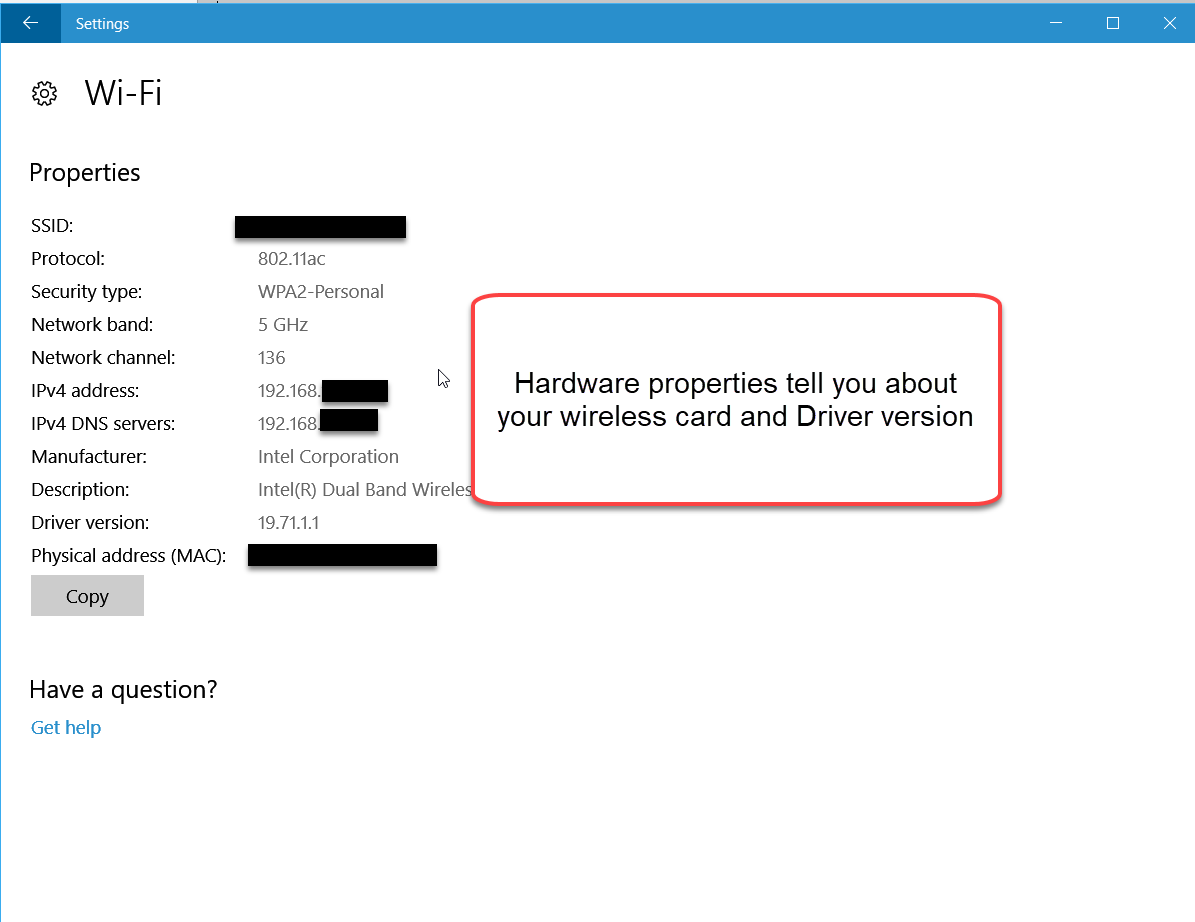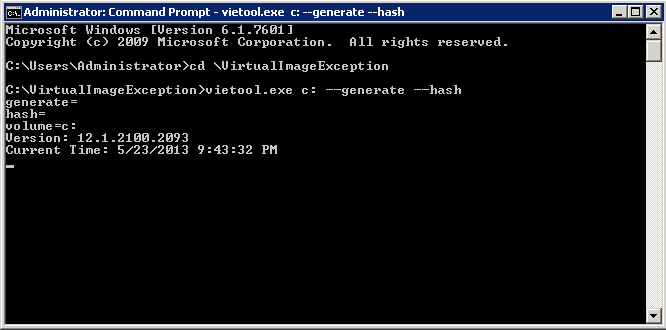
Tamper Protection is available for both Home and Enterprise versions of Windows 10.

The goal is to prevent malicious software - or even third-party applications - from changing important security settings in Windows Defender Antivirus and other tools. When enabled, Tamper Protection prevents changes to important system security configuration settings - especially changes that are not made directly through the Windows Security application. There are some caveats to using Tamper Protection in Windows 10, however, so IT admins should understand how it works. For details, please see Creating a Tamper Protection exception on Windows clients or Creating exceptions from log events.With the Windrelease, Microsoft introduced Tamper Protection to the Windows Security application, which enables IT admins to make it more difficult for other applications to alter sensitive security settings on the PC. It is recommended to create a Tamper Protection exclusion, where possible, rather than disable Tamper Protection altogether. This occurs as soon as the clients receive the updated policy from the SEPM. Tamper Protection is disabled for clients within this client-group, and for clients within client-groups that inherit policies from this group. Therefore if you want to make group level changes this should be turned OFF.



Next to Client Management, click Configure Settings.In the SEP client interface, click Change Settings.To disable Tamper Protection on multiple clients, use the method below. Use this method to disable Tamper Protection on a small number of clients. Disable Tamper Protection on a single client


 0 kommentar(er)
0 kommentar(er)
